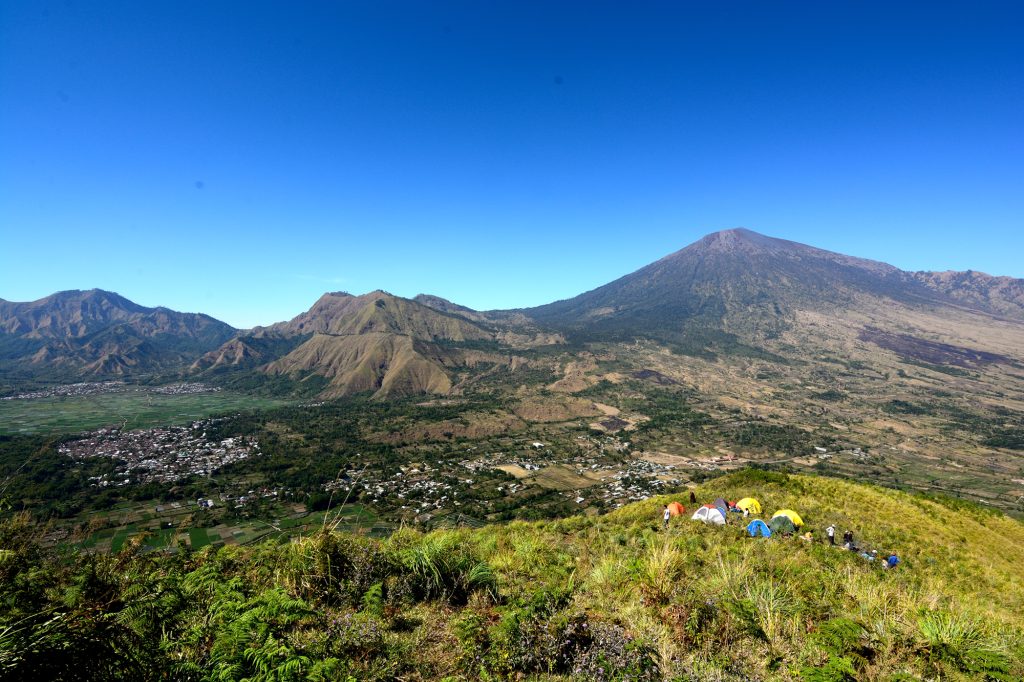Lombok's #1 Tourism Magazine
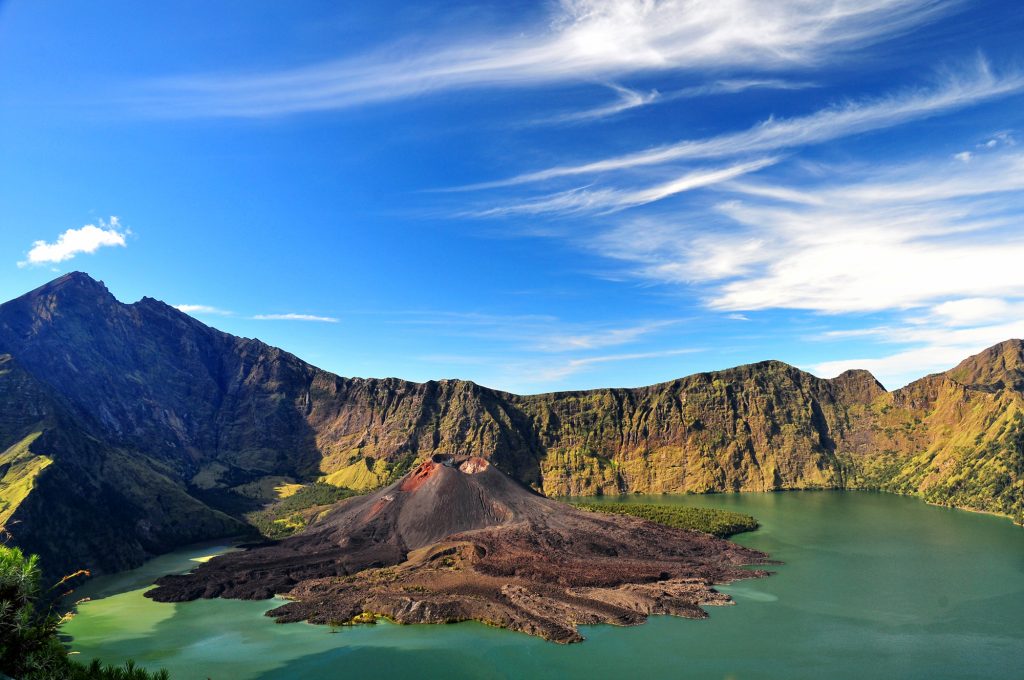
This year’s Rinjani trekking season is over and all trekking routes to Mount Rinjani – including Sembalun, Senaru, Torean and Timbanuh – are now closed.
The Mount Rinjani National Park Authority has officially closed Rinjani volcano to trekking, effective from 1 January to 31 March 2024.
The Authority normally closes Lombok’s famous tourist attraction to trekking at the beginning of January every year to protect tourists from the dangers caused by bad weather during the monsoon season.
Flash floods are common in the area and landslides make the climb to and from the crater rim dangerous, with the narrow, steep tracks becoming too slippery for climbing.
In addition, strong winds make trekking perilous. Falling trees can block paths and high winds can literally blow a person off the ridge.
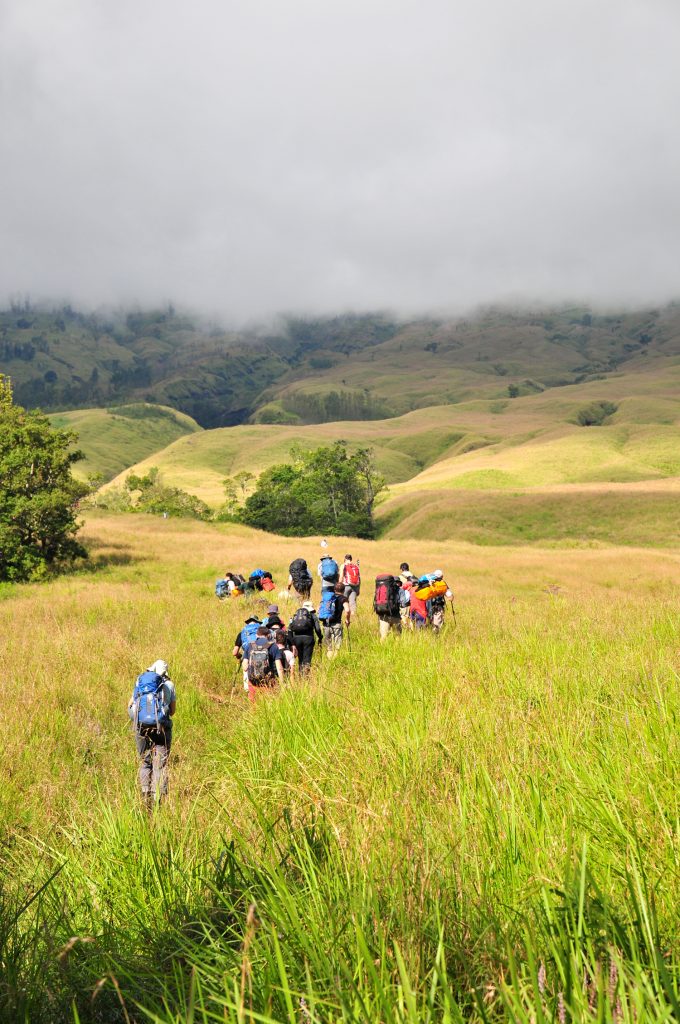
With the past few weeks of rainfall in Lombok, trying to climb the volcano in this weather is extremely dangerous. Heavy rains between now and April will no doubt cause landslides and slipping in unstable areas, making some of the paths hazardous.
Finally, trekking Rinjani during the monsoon season is a miserable experience. It’s cold on the mountain at the best of times and with constant rain, the trip becomes a hard slog. Many times, the magnificent views are obscured by rain, mist and low clouds.
Closing Rinjani each year is important to preserve the national park environment, allowing nature to regenerate from the tens of thousands of people who trek through it every year.
During the closure, National Park Authorities will be able to assess what routes are safe and which need work prior to the 2024 trekking season, in addition to carrying out repairs to public facilities along the trekking routes.
Some guides will tell trekkers that it is okay to climb during this time. That’s understandable, as they make their living from trekking and the three-month annual closure is tough for them.
However, they are risking your life and entering the park illegally, with limited access to help if things go wrong.
Save your plans for climbing Rinjani until after April, when the weather is nicer, and you can enjoy this amazing adventure in the way that it is meant to be experienced.
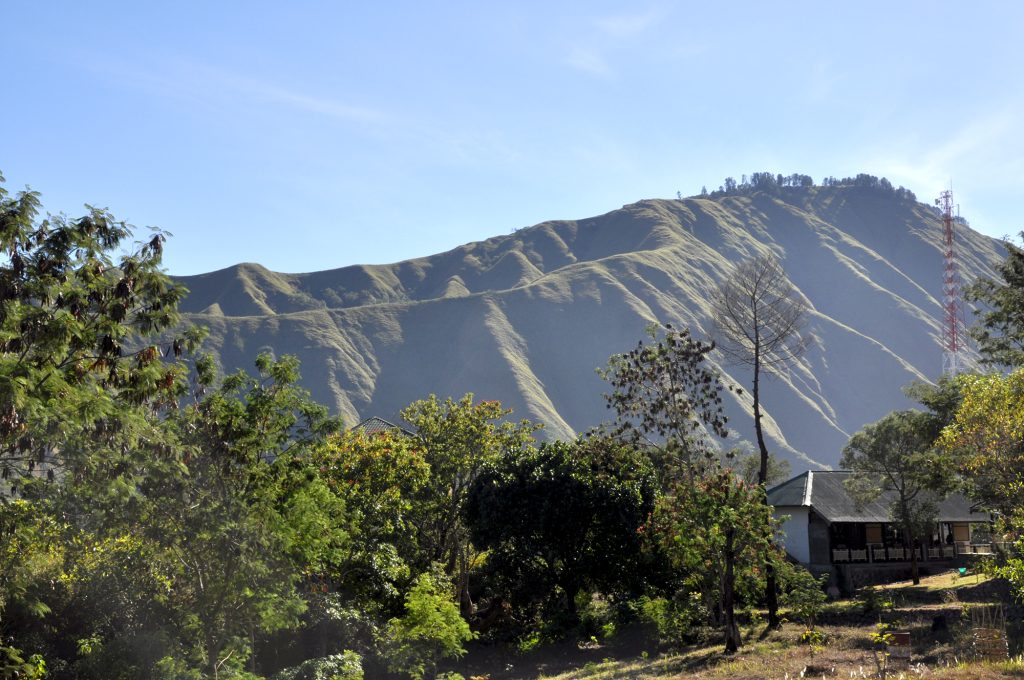
The Mt Rinjani trekking season will open again from 1 April 2024.
There are many alternatives to climbing Rinjani during the rainy season that will still allow visitors to experience the beauty of the mountains.
Consider spending time in Sembalun, high on the eastern slope of the volcano and one of the two main gateways for climbing Rinjani. Surrounded by towering mountains and deep valleys, clear blue skies and lush greenery, the landscape of Sembalun is sublime.
Rich volcanic soil and a cool mountain climate have created a fertile environment for farmers here to grow many crops not found in other parts of the island.
Valleys are laid out in a patchwork of lush greens and golds, with fields of garlic, shallots, cabbage, cauliflower, lettuce and strawberries. Nutritious red rice is the staple food grown in the area.
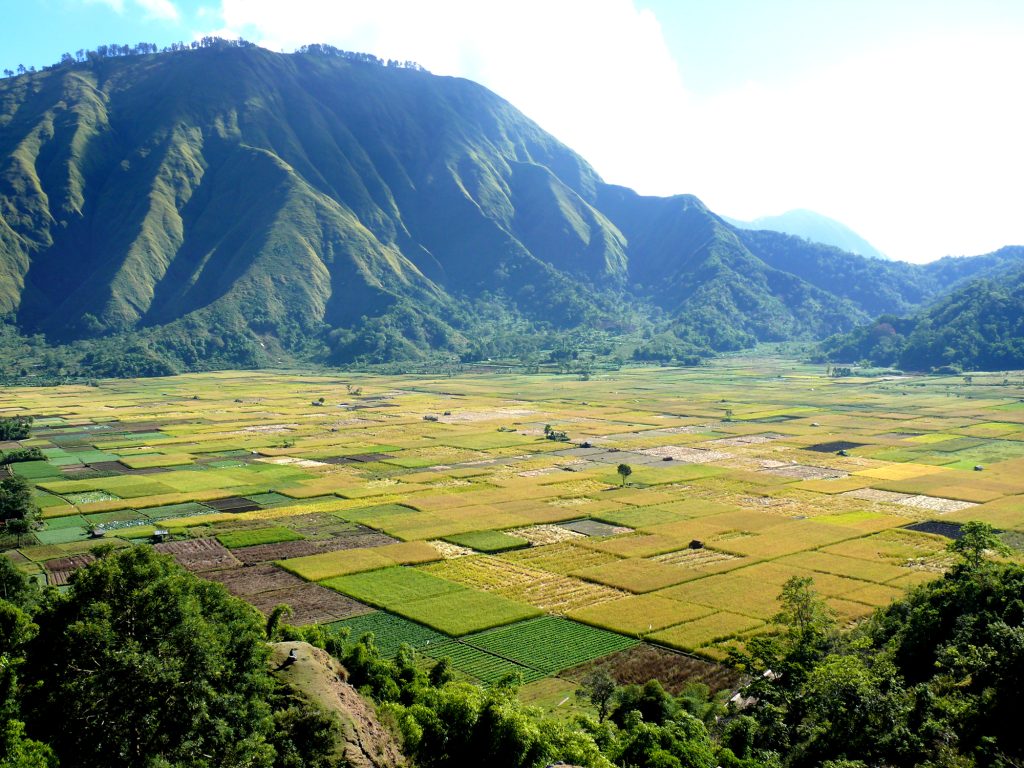
Surrounding the valleys are ancient ridges, dramatic peaks and drop offs, and the ever-present Rinjani volcano towering above it all.
From Sembalun, climb the nearby hill – Bukit Pergasingan – an epic viewpoint reached via a steep and challenging trail.
From the top of the hill, panoramic views stretch out across the valleys and you get a true perspective of the majesty of this area, surrounded by the rugged, deeply grooved slopes and the soaring peaks of the volcanic mountain range and, of course, the queen of them all – Rinjani.
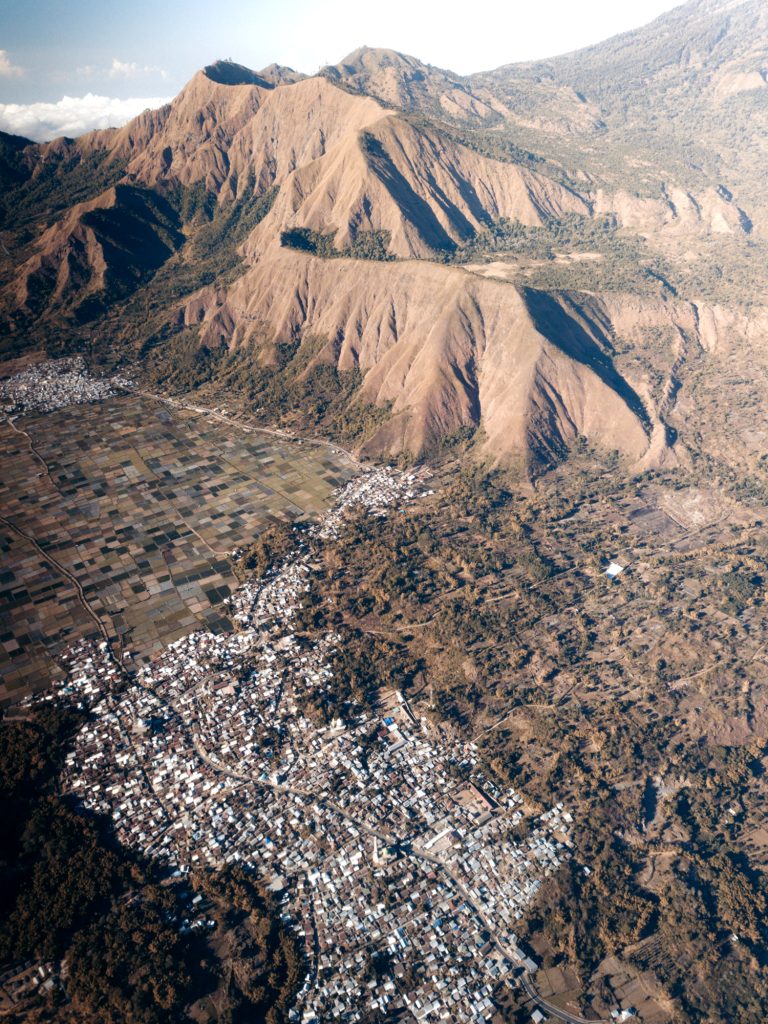
The best times to hike Bukit Pergasingan are before sunrise and sunset, to take in the glorious views. The trek is suitable for most hikers and, although you can do the climb on your own, the start of the trail isn’t easy to find so it’s best to take a local guide who can show you the way and help on some of the steep parts.
Some of the local trekking businesses will arrange overnight camping on the hill when weather permits. This is an awesome experience with the clear sky above filled with stars at night and waking to the stunning view of the sunrise over the mountains the next morning.
There are many other treks available from Sembalun. Hike through huge bamboo forests and rustic villages, walk amongst verdant green farmlands with local people planting or harvesting their crops, and discover the raw beauty of the rarely-visited Mangku Sakti Waterfall.
Treks are easily organized online and through local tour operators in the village – just do an online search for any of the places of interest mentioned in this article.
For those who love adventure travel and getting lost in nature, Sembalun is the perfect alternative to climbing Rinjani.
